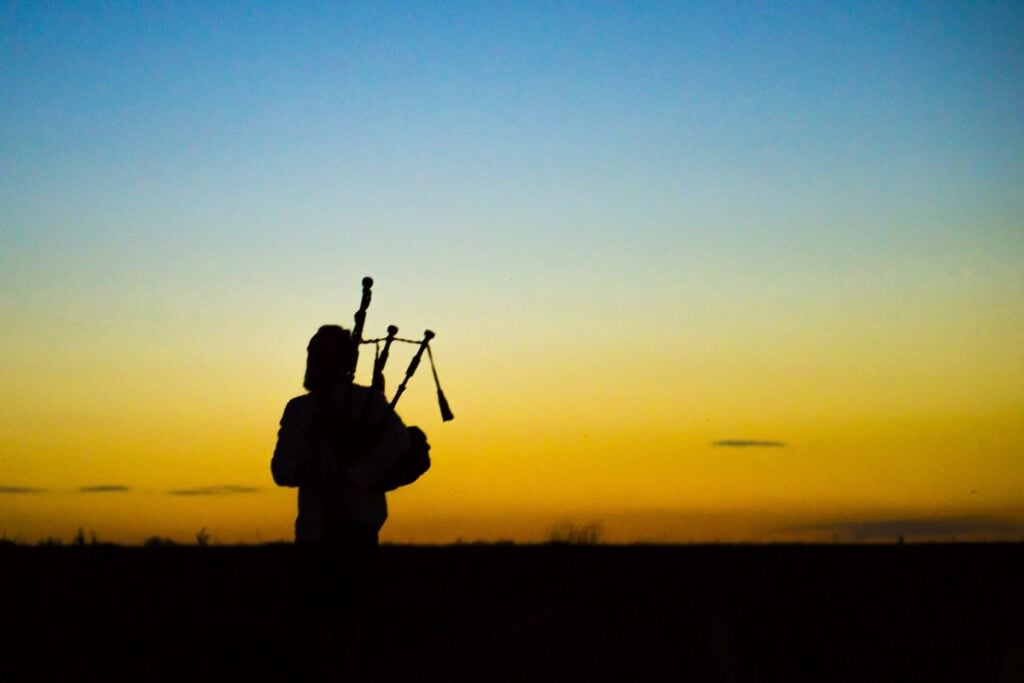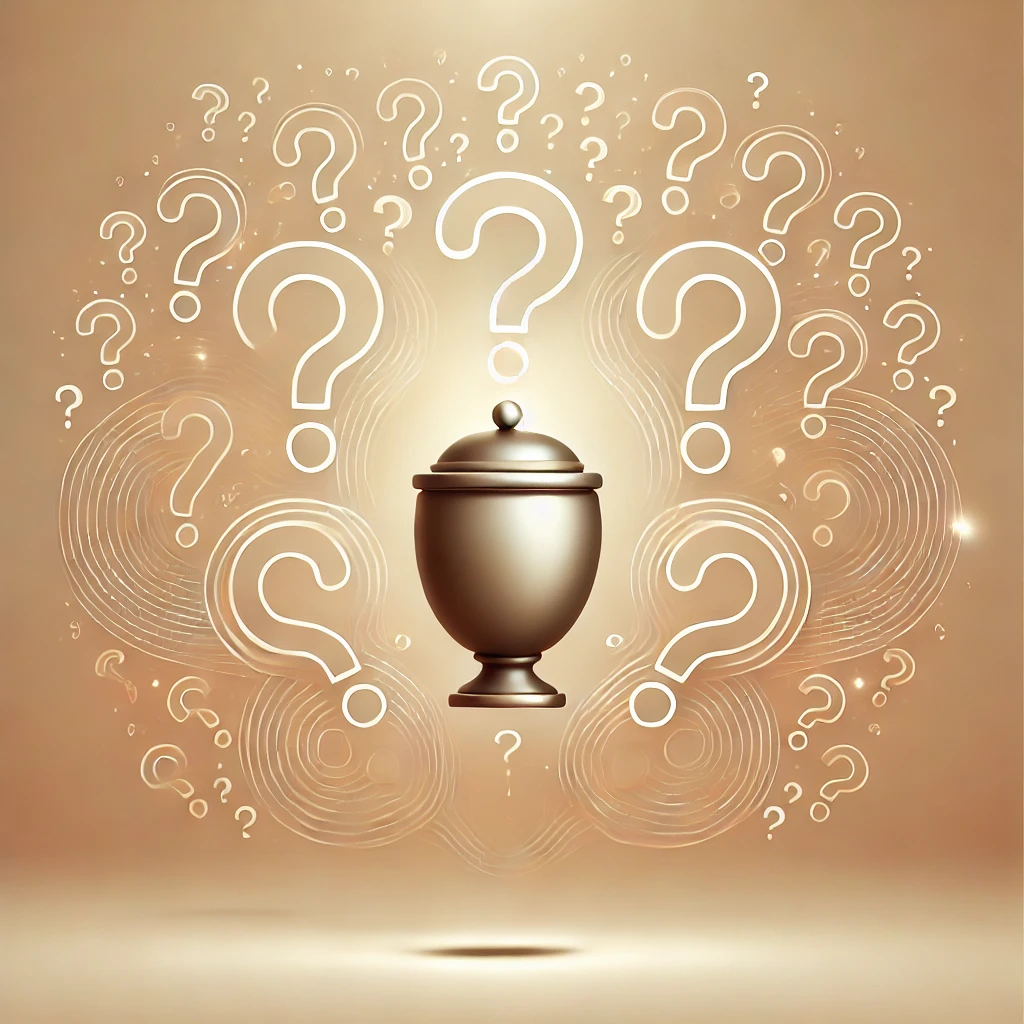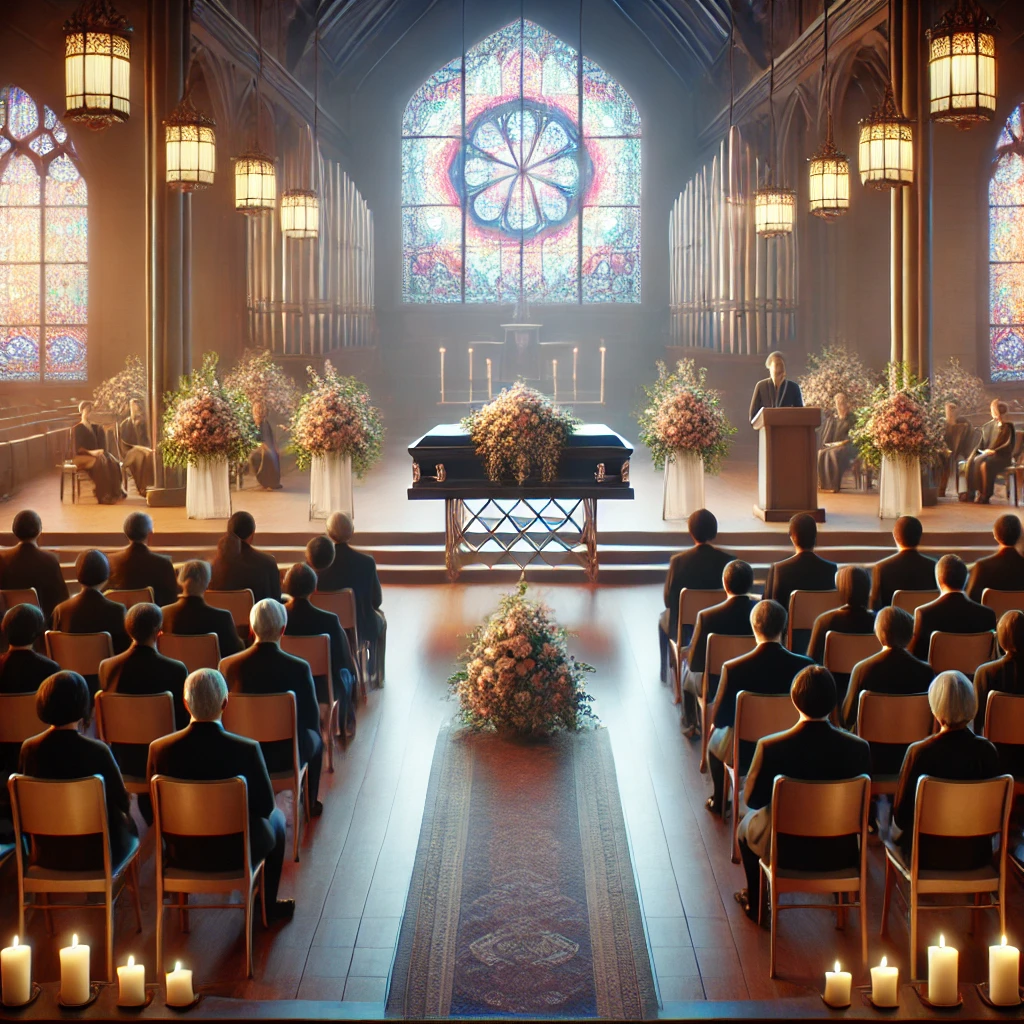Funeral practices vary greatly around the world, reflecting the unique cultural and religious beliefs of each society. In Scotland, rich with heritage and historical influences, funeral customs have evolved over the centuries to blend ancient traditions with modern practices. This article delves into the unique elements that define Scottish funerals, from traditional rites to contemporary adaptations, while highlighting regional variations, historical anecdotes, and modern influences.
Historical Overview of Scottish Funeral Customs
Funerals in Scotland have deep roots in ancient Celtic and Norse traditions. Historically, these ceremonies emphasized a strong connection to community and the natural world, with rituals that sought to honor the deceased and provide a peaceful passage to the afterlife. Over time, Christianity, particularly the Presbyterian influence, shaped these customs, intertwining religious significance with long-standing cultural elements. Notable historical funerals, such as those of Robert Burns and Sir Walter Scott, demonstrate how funeral practices in Scotland often reflected the cultural and social values of their time, drawing large crowds and inspiring national mourning.
Traditional Scottish Funeral Elements
Scotland’s funeral traditions have been enriched by centuries of heritage. Below are some of the defining components:
The Funeral Wake
A central tradition in Scottish funerals is the wake, a practice believed to originate from ancient Celtic times. The wake is a gathering held before or after the funeral service, often at the home of the deceased or a close relative. It serves as an opportunity for family and friends to come together, share stories, and celebrate the life of the deceased. The atmosphere can be both somber and celebratory, reflecting the Scottish approach to mourning with a balance of sorrow and remembrance.
Bagpipes and Music
No traditional Scottish funeral would be complete without the solemn, stirring sound of bagpipes. The instrument is a symbol of Scottish heritage and is often played during the funeral procession, at the graveside, or inside the church during the service. “Amazing Grace” and “The Flowers of the Forest” are common pieces performed, invoking a deep sense of emotion and reflection. Other traditional instruments, like the fiddle or clarsach (Scottish harp), may also be played, adding a unique musical backdrop to the service.
Tartan and Traditional Dress
Scots take great pride in their heritage, and this is reflected in the attire worn at funerals. Family members may choose to wear tartan, representing their clan. The use of specific tartans can be a way to pay homage to family roots and maintain a visual connection to the deceased’s lineage. Traditional highland dress, complete with kilts and sporrans, may also be seen, especially in more rural or culturally rich areas.
Role of the Piper
A piper playing during the funeral service or at the graveside is a distinct feature of Scottish funerals. This tradition adds a unique and poignant touch, providing a final, haunting farewell that resonates with attendees. The piper typically plays while leading the funeral procession or during the interment, signaling both respect and mourning.
Religious Influence on Scottish Funerals
The religious landscape of Scotland has historically been dominated by the Church of Scotland, a branch of Presbyterianism. This influence is evident in the nature of funeral services, which are often marked by scripture readings, hymns, and sermons that reflect on the deceased’s life and faith.
In some cases, Scottish funerals may include elements of Roman Catholic traditions, particularly in areas with a strong Catholic presence. These services may involve a requiem mass and additional prayers for the soul of the departed.
Gaelic Traditions and Readings
In the Highlands and Islands where Scottish Gaelic traditions are more prominent, funeral services may include Gaelic prayers or blessings. The use of Gaelic, an integral part of Scotland’s linguistic heritage, adds a special touch that connects the ceremony to ancient customs. Reciting poems by Robert Burns or other well-known Scottish poets is also a common practice, celebrating both the deceased and the country’s literary heritage.
Contemporary Adaptations and Practices
While many traditional customs remain, modern Scottish funerals have seen adaptations that cater to changing social norms and personal preferences. Eco-friendly burials, for example, have become more popular, reflecting a growing environmental consciousness. Families may choose biodegradable caskets and natural burial grounds as a way to honor their loved one’s commitment to nature. Scotland is home to several green burial sites, such as those in the Highlands and other natural preserves.
In addition, personalization has become a central theme in contemporary funerals. Families are increasingly incorporating unique elements such as video tributes, personalized music playlists, and themed services that reflect the interests and personality of the deceased. Technology has also impacted modern funerals, with many services now being livestreamed to accommodate distant relatives and friends who are unable to attend in person.
Symbolic Practices and Superstitions
Scotland, like many cultures, has a rich collection of superstitions related to death and funerals. Some families may still observe practices meant to protect the home and its occupants during mourning. For instance, covering mirrors and stopping clocks are old customs believed to prevent bad luck and confusion between the realms of the living and the dead.
Another unique tradition is the custom of “passing bells,” in which church bells were rung to mark the passing of a soul and to ward off evil spirits. While less common today, this practice endures in certain rural areas and historical reenactments.
Symbolism of Flowers and Decorations
Flowers play an important role in Scottish funerals, often chosen for their symbolism. Heather, a native flower, is sometimes used to represent protection and good luck. Thistles, the national emblem of Scotland, can be incorporated as a sign of resilience and pride.
Funeral Feasts and Food Traditions
Following a funeral, it is common for mourners to gather for a meal or refreshments, known as a funeral tea. This tradition is an opportunity for fellowship and comfort, with food and drink that vary by region. Staples might include tea, sandwiches, shortbread, and scones. In some areas, whisky might be served as a nod to Scotland’s deep connection to this iconic spirit, symbolizing a toast to the life of the departed.
Regional Variations
Scotland’s regions each have their own unique approaches to funerals. For example, the Highlands may retain more traditional Gaelic customs and involve greater community participation, while urban areas like Edinburgh and Glasgow might blend modern practices with traditional elements. Rural areas often maintain stronger ties to ancient rituals, ensuring that customs such as the funeral wake and piper-led processions are preserved.
The Role of the Community
Community support plays a vital role in Scottish funeral traditions. In rural areas, neighbors often come together to assist with funeral preparations and to support the bereaved family. This communal approach underscores the cultural emphasis on collective mourning and shared remembrance, embodying the spirit of togetherness that characterizes Scottish life.







